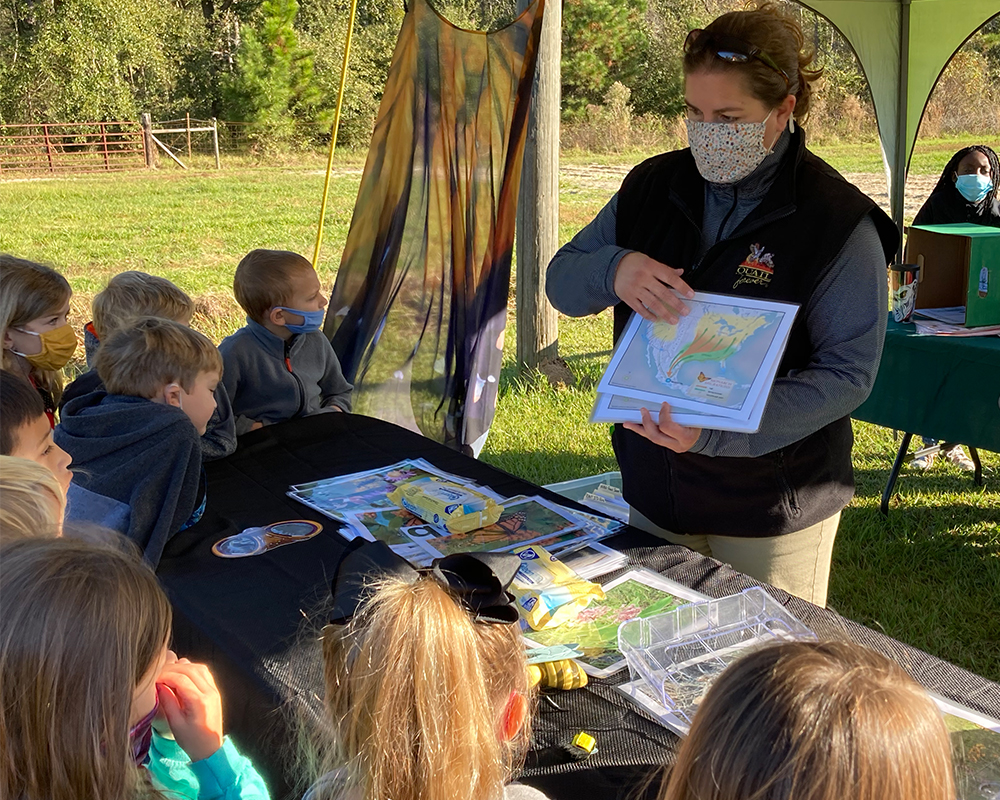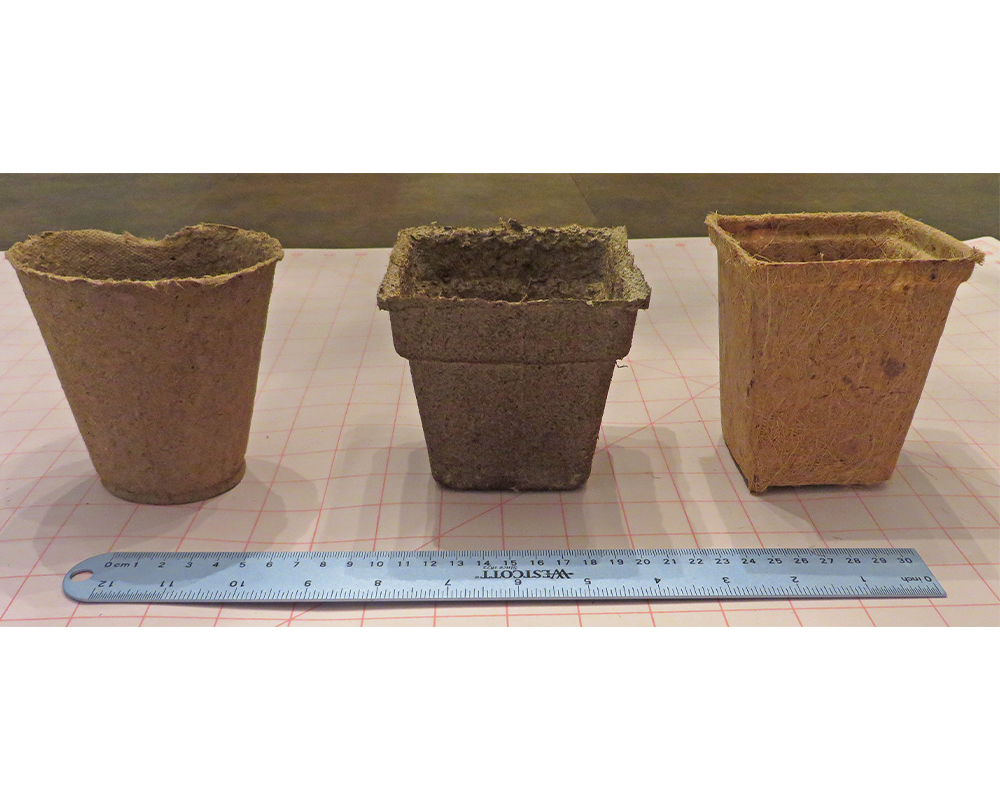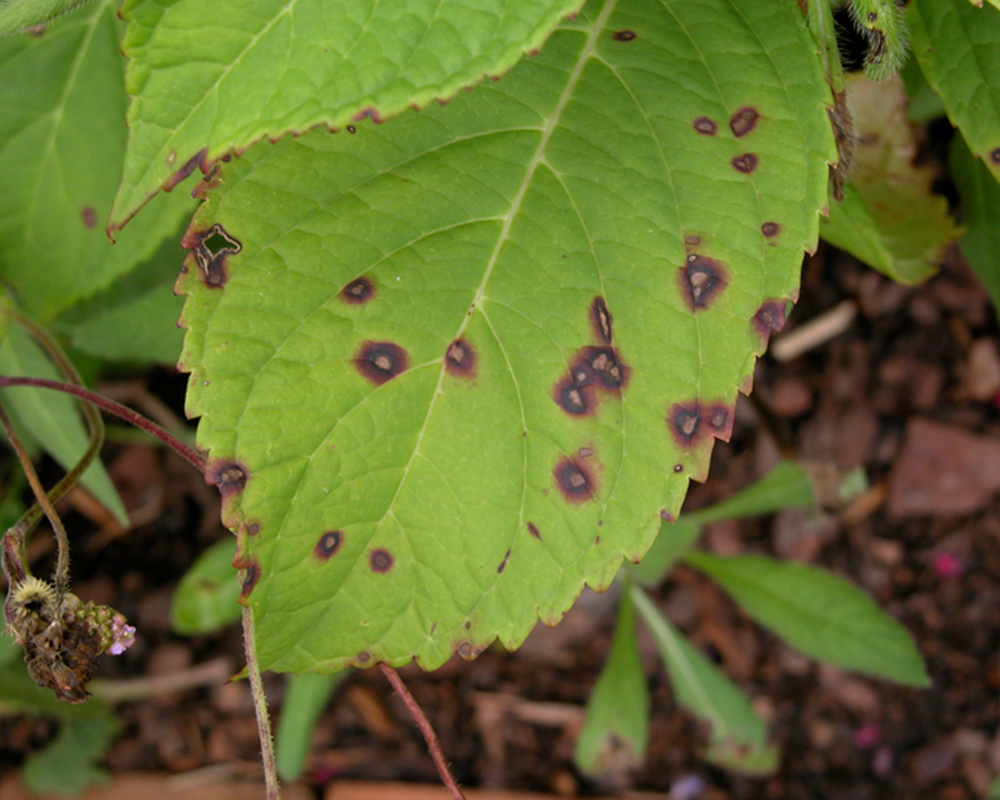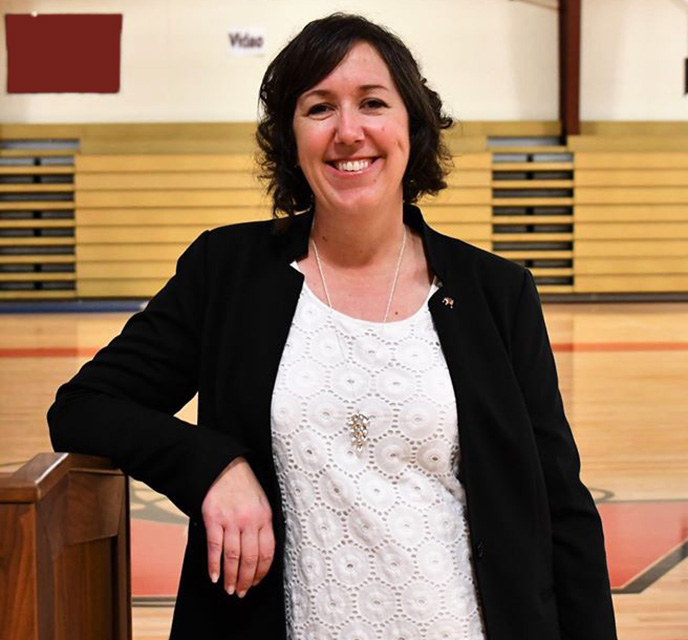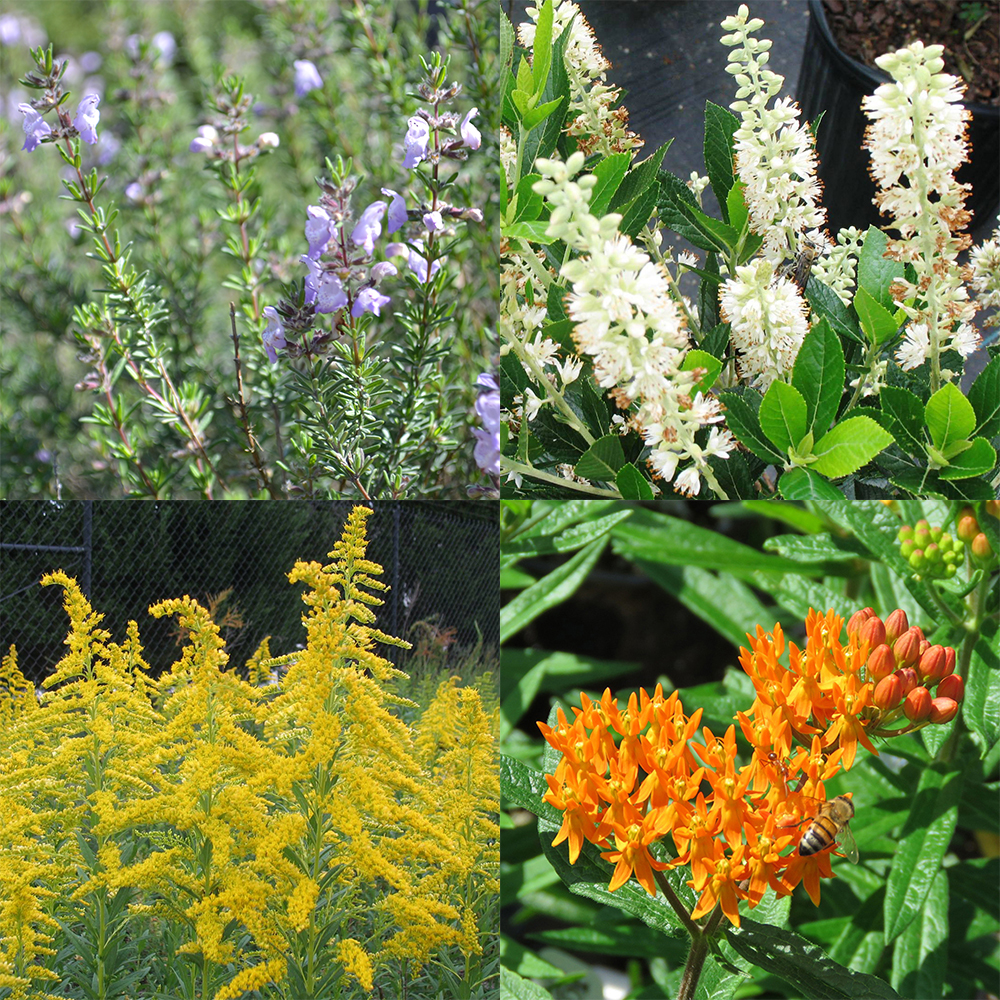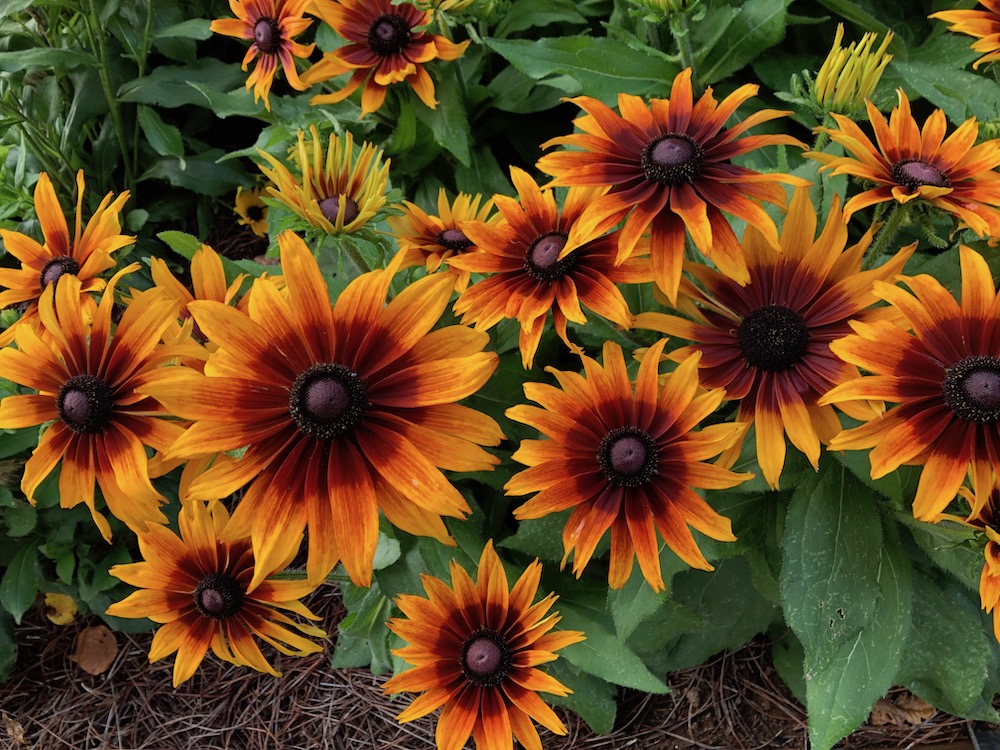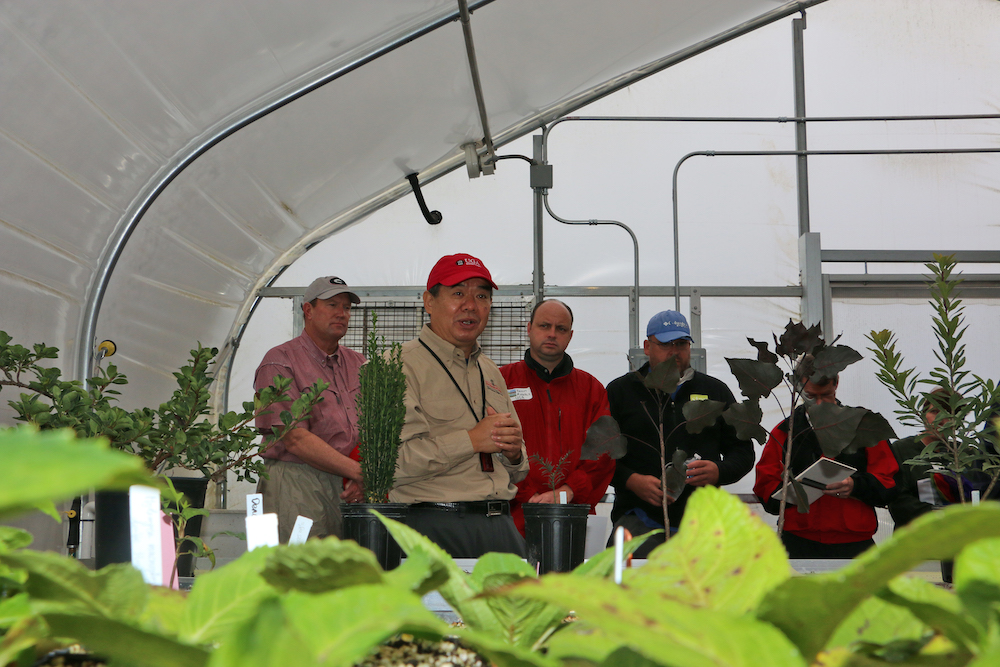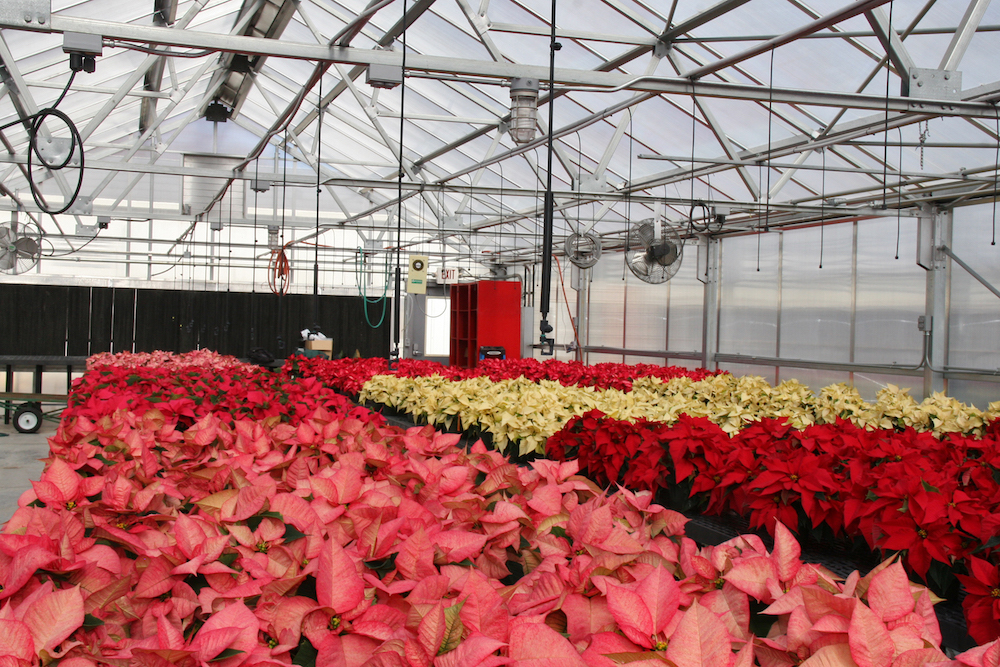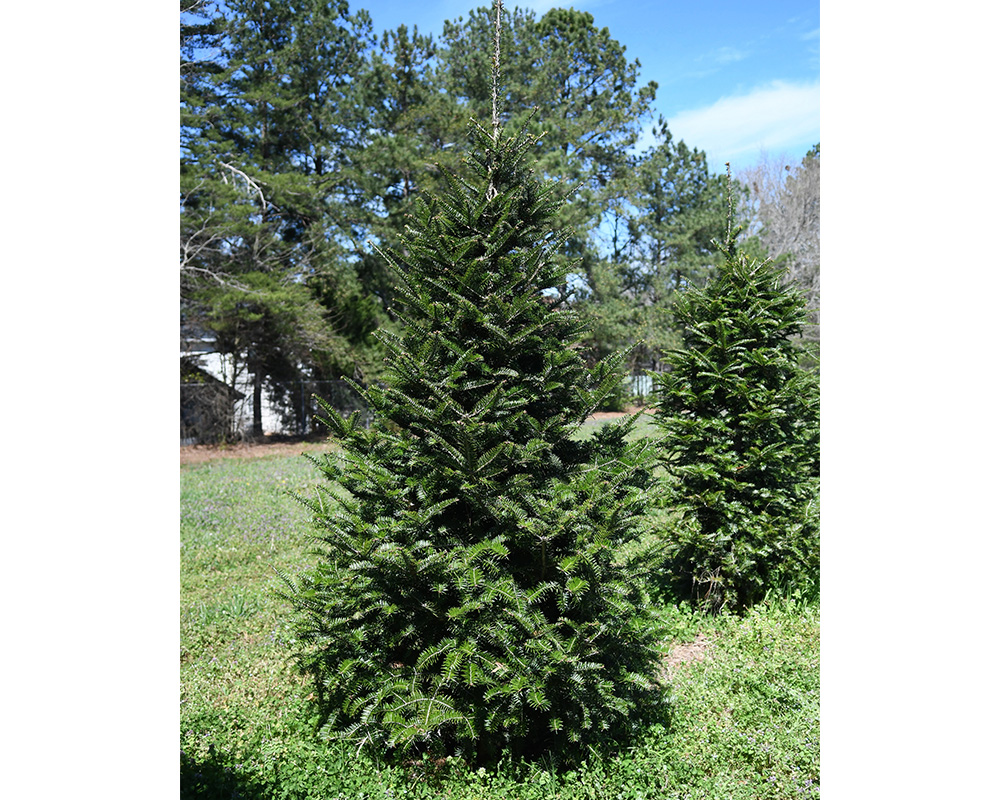 CAES News
CAES News
Cultivating Southern firs
During the holiday season in the U.S., more than 20 million freshly cut Christmas trees are sold every year, with fir trees topping the most-desired list. Unfortunately growers cannot meet the needs of consumers, and every year, there is a shortage of trees, primarily due to the incredible losses of susceptible firs — including balsam, Fraser, Canaan and others — to the root fungus Phytophthora.


